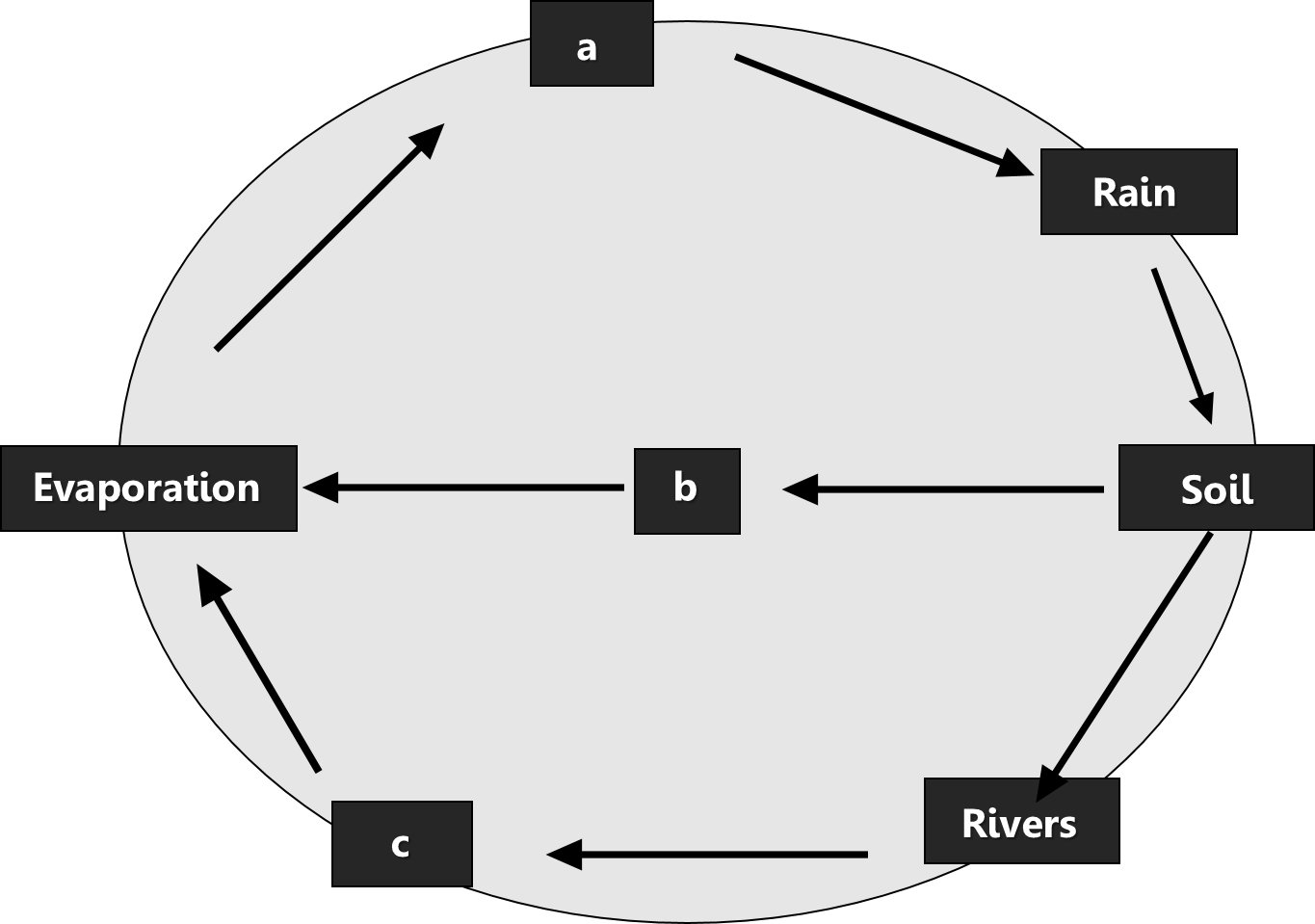
Overview
The National Science and Maths Quiz is an annual science and mathematics
based national level quiz competition for senior high schools in Ghana.
It has been produced by Primetime Limited, an advertising
and public relations agency with an interest in education, since 1993.



